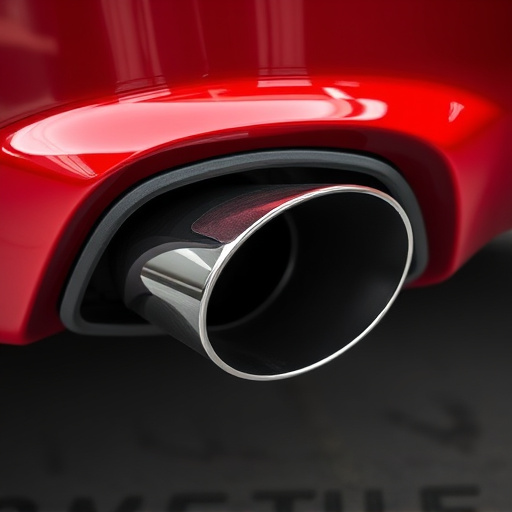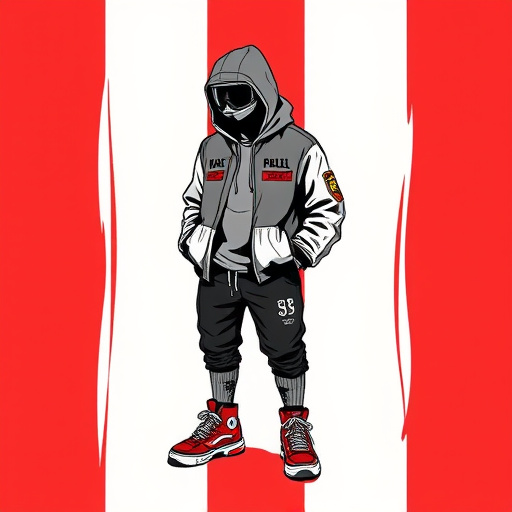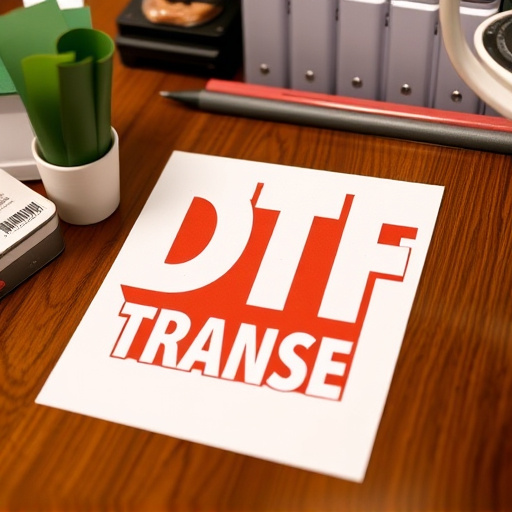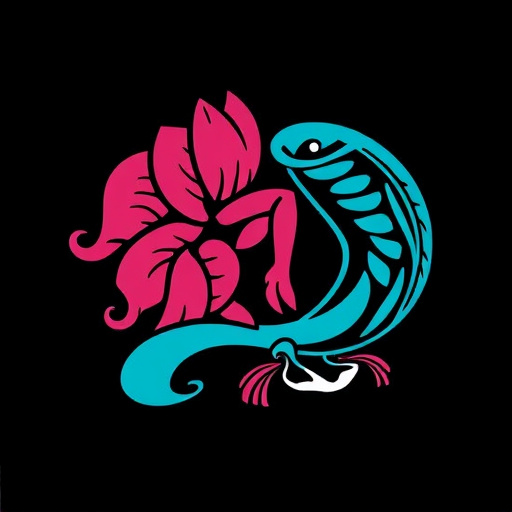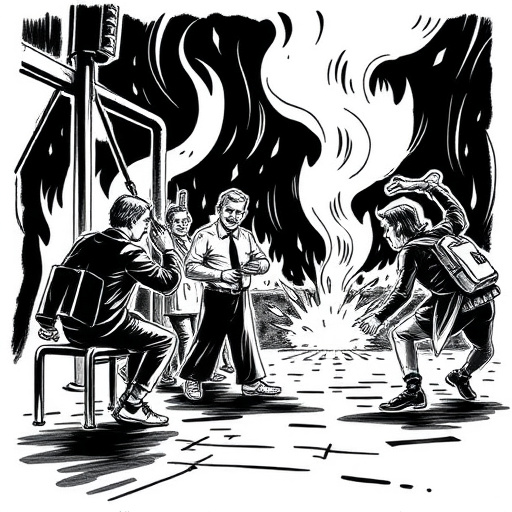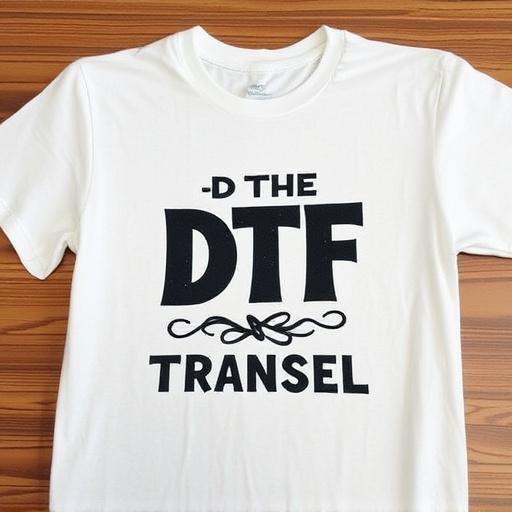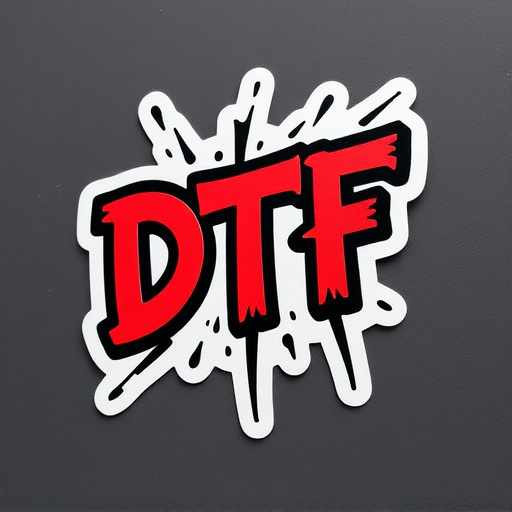Direct-to-film (DTF) transfers have revolutionized custom t-shirt printing with their high-quality, long-lasting prints on various fabrics. DTF's speed and ease of use cater to both small-scale enthusiasts and large commercial operations. The method ensures vibrant colors, exceptional clarity, and fine detail reproduction, setting new standards in custom printing. To achieve optimal results, choose the right printer and materials, prepare shirts properly, and follow precise print settings and heat application techniques. DTF transfers offer vast creative potential, from intricate illustrations to bold text, making them a favorite among amateur and professional artists alike.
“Unleash your creativity with Direct-to-Film (DTF) transfers—a game-changer for t-shirt decoration. This innovative technique offers a seamless way to transform blank tees into vibrant, custom designs. In this comprehensive guide, we explore the benefits of DTF transfers, from their ability to handle intricate details to their fast drying times. Learn about the printing process, essential equipment choices, and expert tips for exceptional results. Discover trending design ideas and embark on a journey to create unique, high-quality DTF prints that leave a lasting impression.”
- Understanding Direct-to-Film (DTF) Transfers: A Comprehensive Overview
- Benefits of DTF Transfers for T-Shirt Decoration
- The Process: From Design to Final Print
- Choosing the Right DTF Printer and Materials
- Tips for Achieving High-Quality DTF Prints on T-Shirts
- Popular Design Ideas and Trends Using DTF Transfers
Understanding Direct-to-Film (DTF) Transfers: A Comprehensive Overview
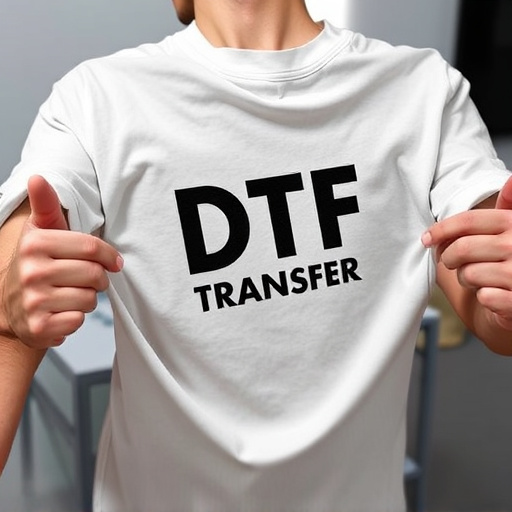
Direct-to-film (DTF) transfers have revolutionized the way we decorate t-shirts and other garments. This innovative printing method allows for high-quality, durable prints directly onto the fabric without the need for intermediate steps or special inks. DTF involves transferring a thin film containing the design onto the target material using heat and pressure. This process ensures that the print becomes an integral part of the fabric, offering exceptional longevity and vibrant colors.
DTF transfers are particularly appealing for custom t-shirt printing due to their ease of use and versatility. They can be applied to various fabrics, including cotton, polyester, and blends, making them suitable for a wide range of apparel. The DTF process is fast and efficient, enabling businesses and individuals to create personalized designs with minimal setup time. Moreover, DTF prints offer excellent clarity and detail, ensuring that intricate patterns and fine lines are reproduced accurately. This technology has undoubtedly elevated the standards of custom printing, catering to both small-scale enthusiasts and large-scale commercial operations alike.
Benefits of DTF Transfers for T-Shirt Decoration

Direct-to-film (DTF) transfers offer a revolutionary method for decorating t-shirts, bringing numerous advantages to both professional printers and DIY enthusiasts. One of the key benefits is their versatility; DTF Printing allows for high-quality prints on various fabrics, ensuring excellent color reproduction and vibrant DTG (Direct-to-Garment) prints. This technology enables creators to produce intricate designs with fine details, making it ideal for complex artwork or personalized messages.
Additionally, DTF Transfers provide a quick and efficient process. The transfer film is easily applied to the garment, followed by heat pressing to fuse the design permanently. This streamlined approach reduces production time compared to traditional methods, allowing businesses to meet demand promptly. Moreover, DTF prints offer excellent durability, with designs that are resistant to fading or peeling, ensuring the t-shirts maintain their aesthetic appeal even after multiple washes.
The Process: From Design to Final Print
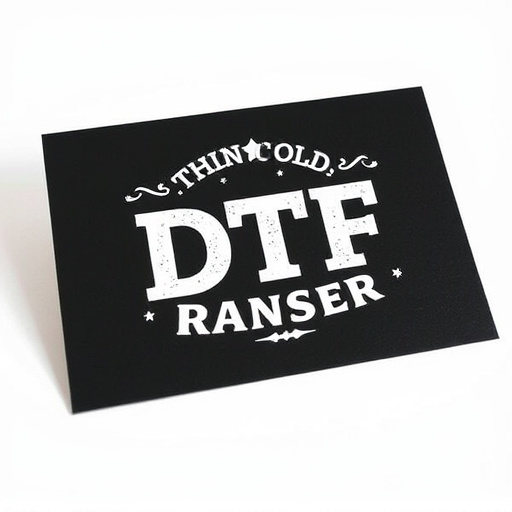
The process of creating T-shirt designs using direct-to-film (DTF) transfers involves several precise steps to ensure high-quality results. It begins with the initial concept and design, which can be created digitally using specialized software. Artists and designers lay out their artwork, ensuring it adheres to the specifications of DTF printing, such as file format, resolution, and color profiles. Once the design is finalized, it’s prepared for the transfer process.
This preparation includes converting the digital design into a print-ready file, which is then sent to a DTF printer. The printer precisely lays down ink onto a transparent film, creating a negative image of the design. This film is then carefully aligned and pressed against the T-shirt fabric, transferring the ink in a direct, contact-based method. After the transfer, the shirt undergoes heat treatment to cure the ink, resulting in vibrant, long-lasting DTF prints on the fabric.
Choosing the Right DTF Printer and Materials

When it comes to choosing a Direct-to-Film (DTF) printer and materials for decorating t-shirts, several factors come into play. Opting for high-quality DTF printers ensures precise and vibrant DTF transfers. Look for machines with excellent resolution capabilities and reliable color accuracy to produce DTF prints that pop on various fabric types. The right printer should handle intricate designs and texturized surfaces without smudging or fading, ensuring your t-shirt decorations last.
Additionally, selecting the appropriate DTF transfer films is paramount. These films must be compatible with your printer and suitable for the type of fabric you plan to print on. From cotton to polyester blends, different fabrics require specific transfers to achieve optimal results. Using the wrong film can lead to poor adhesion, ink bleeding, or uneven printing. Therefore, research and choose materials that cater to both your design needs and the fabric choices for your t-shirt creations.
Tips for Achieving High-Quality DTF Prints on T-Shirts

When it comes to achieving high-quality DTF (Direct-to-Film) prints on t-shirts, preparation is key. Start by selecting top-grade DTF transfers that are designed for crisp, vibrant prints. Ensure your t-shirts are clean, dry, and free from any contaminants to create a smooth surface for printing. Pre-treating the fabric with a suitable primer can also significantly enhance the final output.
For optimal results, use high-resolution artwork and ensure proper color profiles are set in your printing software. Maintain consistent print settings and test on scrap material first to adjust as needed. After printing, carefully apply heat according to the transfer manufacturer’s instructions. A slow and even application of heat ensures the design adheres securely without smudging or bleeding. Finally, allow the transfer to cool before pressing to avoid any potential damage to the printed area.
Popular Design Ideas and Trends Using DTF Transfers
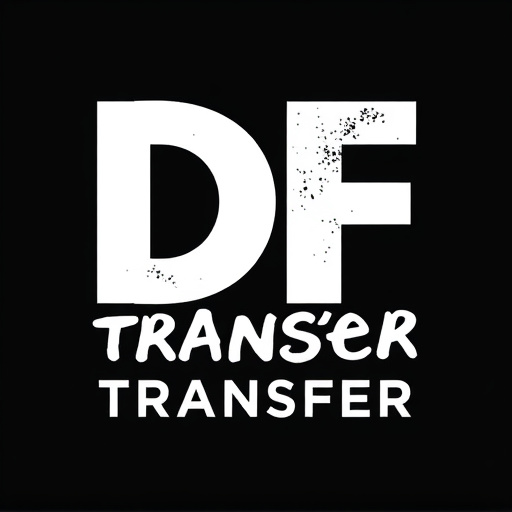
Direct-to-film (DTF) transfers have opened up a world of creative possibilities for decorating t-shirts. Popular design ideas include intricate illustrations, photorealistic prints, and bold text. Trends show a shift towards personalized, unique designs that reflect individual style. DTF Printing allows for high-quality, vibrant DTf prints that can incorporate various color schemes and complex details.
From minimalist geometric patterns to pop art-inspired graphics, the versatility of DTF Transfers is evident in contemporary fashion. Many designers are also experimenting with vintage-inspired prints, incorporating retro fonts and old-school illustrations that add a nostalgic touch to t-shirts. This dynamic approach to DTF Printing has made it a favorite among both amateur and professional artists looking to create distinctive, eye-catching garments.
